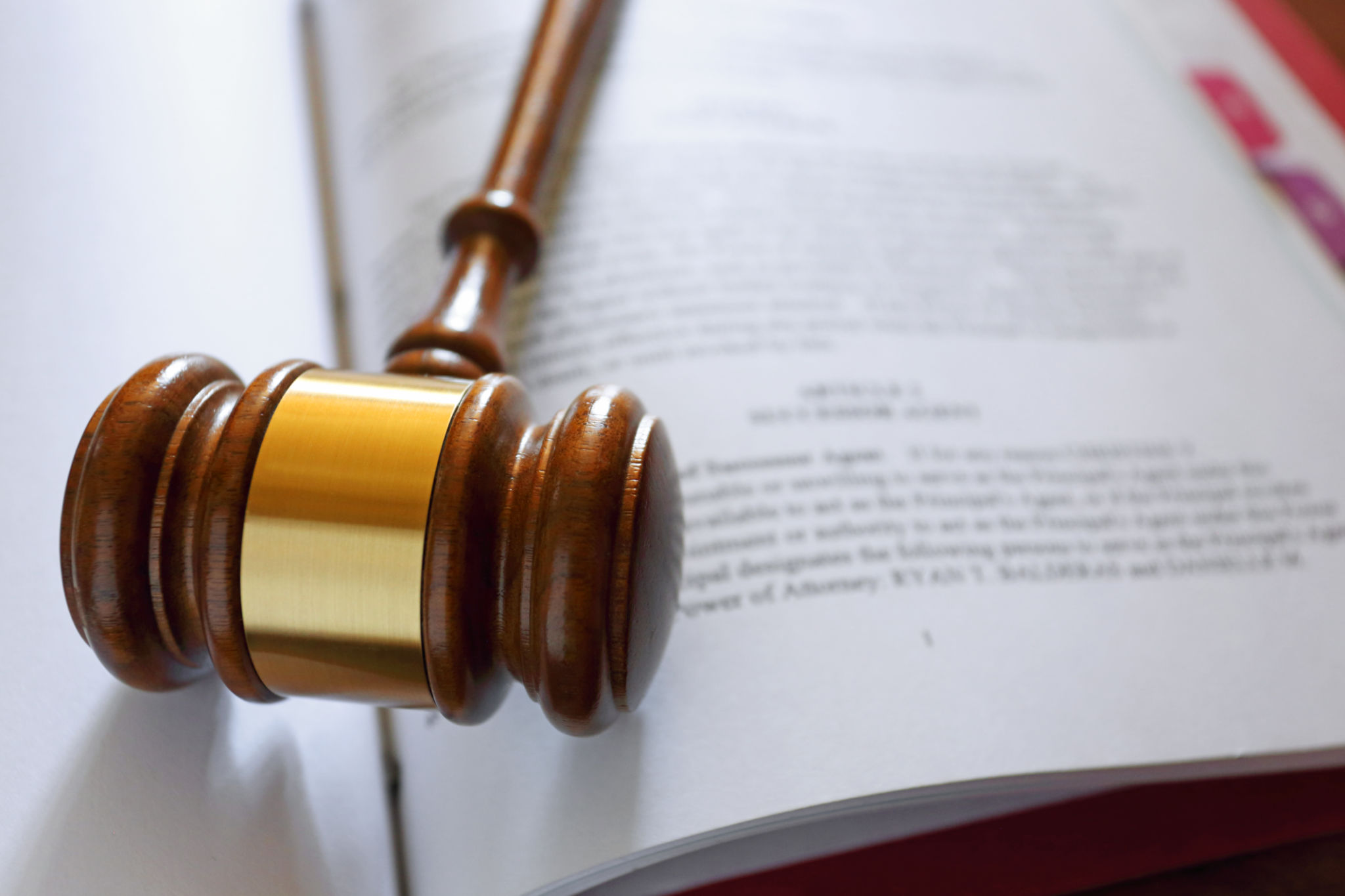DIY Pyrotechnics: Essential Safety Tips and Tricks
Understanding the Basics of DIY Pyrotechnics
Creating your own fireworks can be an exciting and rewarding hobby, but it's crucial to approach it with a meticulous eye for safety. Before you even consider lighting a fuse, you should have a solid understanding of the materials and processes involved. This knowledge is not just for creating impressive displays; it's essential to ensure your safety and that of those around you.
DIY pyrotechnics involves the careful combination of chemicals to produce the desired effects. Each chemical has its own properties and potential hazards, which must be respected to avoid accidents. Always source your materials from reputable suppliers to ensure they meet safety standards.

Essential Safety Equipment
Before starting any pyrotechnic project, gather the necessary safety equipment. This includes protective gear such as goggles, gloves, and long-sleeved clothing to protect your skin from burns and chemical exposure. A fire extinguisher should be readily available, and it's advisable to have a bucket of sand or water nearby for emergencies.
In addition to personal protective equipment, ensure your workspace is well-ventilated and free from flammable materials. A fireproof surface is ideal for assembling your fireworks, and all tools and equipment should be kept in good working order to prevent accidents.

Handling and Storing Chemicals Safely
The chemicals used in pyrotechnics are often volatile and require careful handling. Always read the safety data sheets provided by suppliers, and understand the risks associated with each substance. Store chemicals in clearly labeled containers and keep them in a cool, dry place away from direct sunlight and heat sources.
Keep an updated inventory of your chemicals and regularly check for signs of degradation or contamination. It's also a good practice to limit the amount of chemicals you have on hand to only what is necessary for your current project.

Creating and Testing Your Pyrotechnic Devices
When creating your pyrotechnic devices, follow tested and approved formulas. Never experiment with unknown combinations or quantities, as this can result in unpredictable reactions. Assemble your devices in a controlled environment where you can focus on the task without distractions.
Testing is a crucial phase in the DIY pyrotechnics process. Conduct all tests in a safe, open area away from people, animals, and structures. Ensure that all spectators are kept at a safe distance, and never attempt to relight a device that fails to ignite on the first attempt.
Legal Considerations
Before you begin any pyrotechnic project, familiarize yourself with local laws and regulations regarding the use of fireworks. Penalties for non-compliance can be severe, ranging from fines to criminal charges. Obtaining proper permits and licenses is often necessary for conducting public displays.
Furthermore, consider the environmental impact of your activities. Some regions have restrictions during dry seasons due to increased fire risk. Always clean up after your displays to minimize environmental pollution.

Conclusion: Enjoying Pyrotechnics Responsibly
DIY pyrotechnics can be a thrilling pastime when approached responsibly. By prioritizing safety, adhering to legal requirements, and respecting the power of the materials you're working with, you can enjoy this hobby while minimizing risks.
Remember that knowledge is your best tool in pyrotechnics. Continually educate yourself through books, courses, and communities dedicated to fireworks enthusiasts. Stay informed on best practices and innovations in the field to enhance both your skills and safety.
